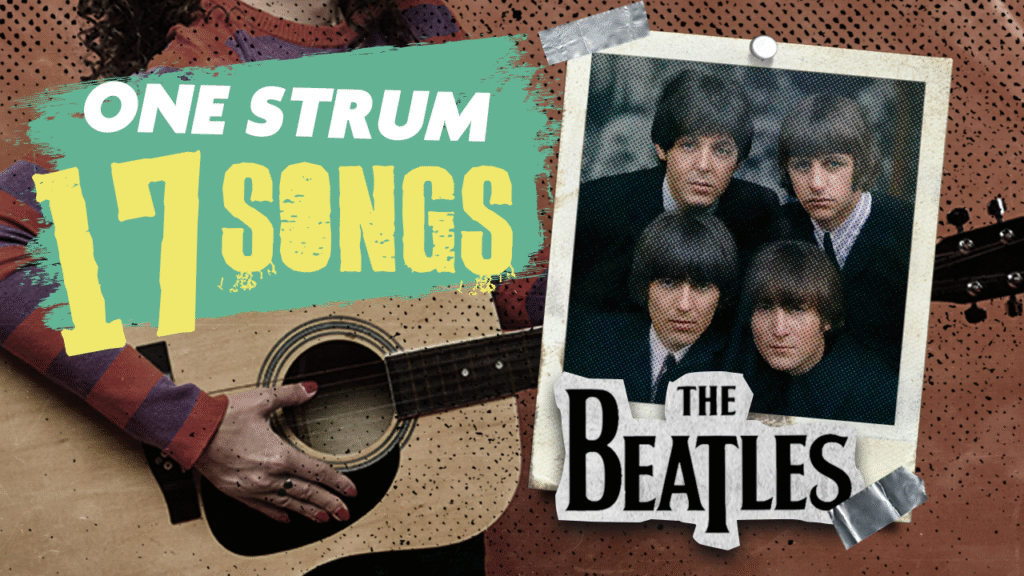
Guitar learning doesn’t have to feel like decoding ancient hieroglyphics. Most beginners get trapped in the “perfect chord syndrome,” obsessing over finger placement instead of actually making music. If you’re looking to avoid common guitar learning mistakes, focus on building habits that let you actually play songs and progress with confidence.Here’s the truth nobody tells you: mastering one strumming pattern unlocks dozens of songs across every genre imaginable. These 17 tracks use the same basic chords and techniques, building your skills like musical Legos—each song snaps onto the foundation you’ve already built.
Think of chord progressions as musical DNA: the same genetic code appears in countless songs, just expressing itself differently. Each track adds just one new element, creating a natural progression from “Wonderwall at parties” to “actually impressive guitarist.” Ready to discover how four chords can rule the world? If you want a quick primer on why chord progressions are so powerful, check out this guide to guitar chord theory basics—it breaks down how chords are built and why they work together so well.
17. We’re Going to Be Friends – The White Stripes

Minimalism can maximize impact. Jack White’s deceptively simple composition uses only G and C chords with glacially slow transitions that give beginners ample switching time. The song’s childlike innocence masks sophisticated musical restraint.
This garage rock gem proves that limitations breed creativity. Two chords force you to focus on rhythm, dynamics, and emotional delivery rather than harmonic complexity. The White Stripes built an entire aesthetic around this principle of powerful simplicity.
16. I’m a Believer – The Monkees

Precision matters more than speed. The Monkees’ hit demands accurate chord changes and rhythmic discipline rather than blazing technical skill. Its syncopated rhythm and quick transitions push beginner technique without requiring advanced knowledge.
This ’60s pop gem teaches the difference between playing notes and playing music. The song’s bouncy, optimistic energy comes from tight rhythmic execution rather than complex chordwork. Master this level of precision and every other song becomes easier.
15. Take Me Home, Country Roads – John Denver
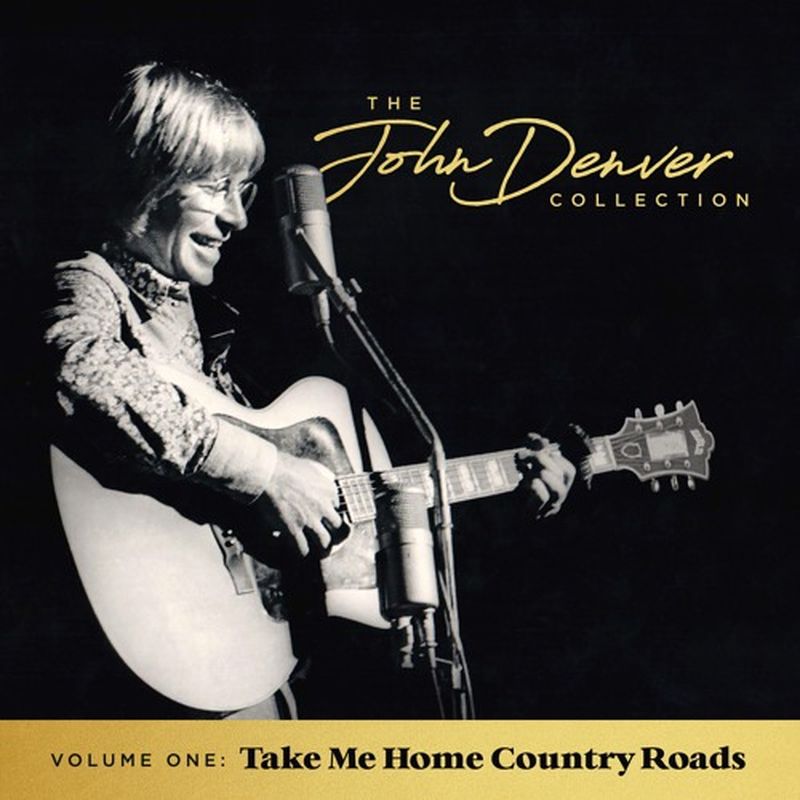
Four chords can rule the musical world. “Country Roads” demonstrates the legendary G-Em-C-D progression that powers everything from pop anthems to indie ballads. This sequence appears in thousands of songs across every conceivable genre, making it your master key to musical literacy. If you want to see exactly how these chords work in this song and why they’re so valuable for beginners, check out this essential guide to Country Roads chords—it breaks down the shapes, progressions, and even the best key for new players.
Denver‘s classic teaches chord progression logic rather than just memorization. The emotional arc from verse to chorus shows how the same four chords can create tension, release, and resolution. Master this progression and you’ve unlocked what producers call “the money changes.”
14. I Want to Hold Your Hand – The Beatles

Rhythmic variations separate good from great. The Beatles’ breakthrough hit introduces strumming pattern modifications that create excitement through subtle changes. The basic down-down-up-down-down-up pattern can be simplified or complicated depending on your skill level. If you want to level up your rhythm, this how to strum guitar chords guide covers the basics and gives you tips for mastering strumming patterns that work in songs like this one.
This Merseybeat classic demonstrates progressive learning in action. Start with simplified strumming, then add complexity as your coordination improves. The Beatles understood that musical sophistication comes through rhythmic mastery rather than chord complexity.
13. Brown Eyed Girl – Van Morrison
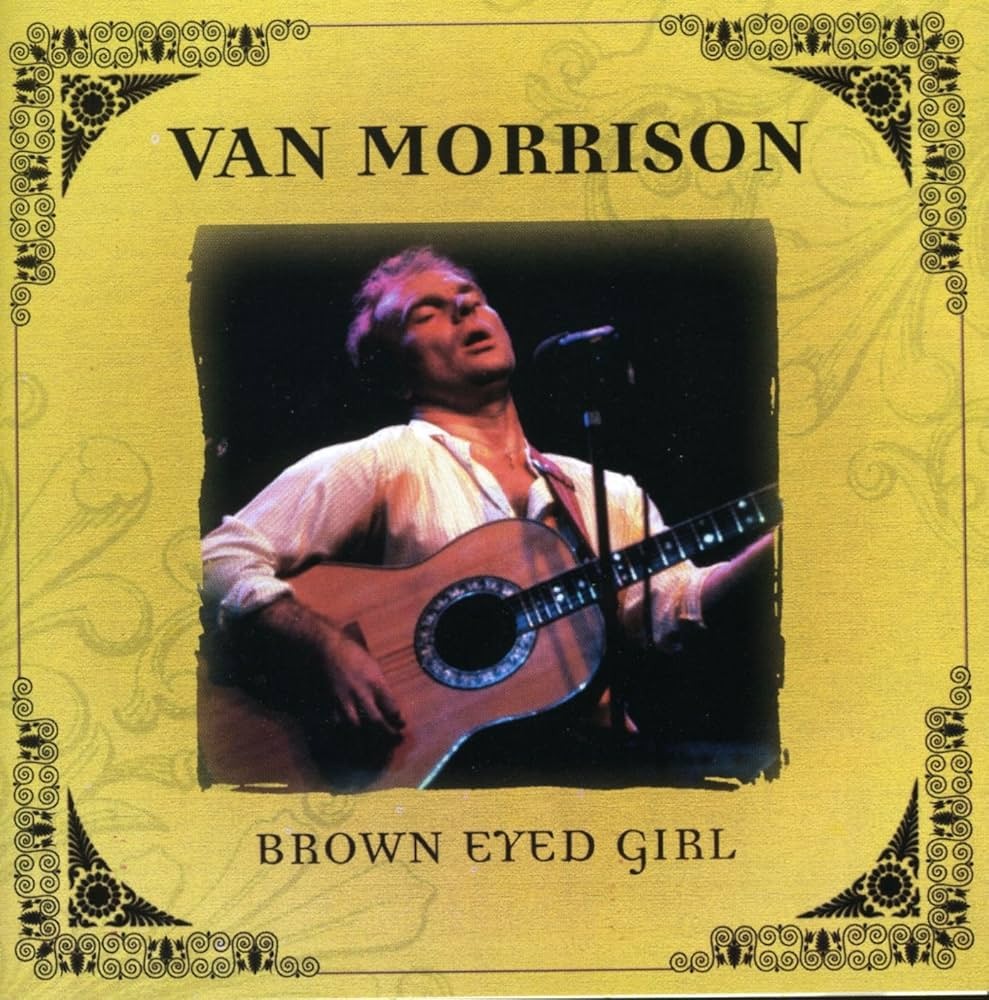
Rhythm transforms good songs into great ones. “Brown Eyed Girl” uses the same four-chord foundation but demonstrates how strumming variations create entirely different feels. For anyone working on their rhythm, this guide on how to strum a guitar breaks down the basics and helps you develop confidence with every chord.
Master this essential practice technique: play the chord progression using only downstrokes first, then add upstrokes gradually. This builds consistent timing before adding complexity—like learning to walk before attempting dance moves. For more on strumming, these essential strumming patterns will help you get the most out of every chord.
12. Lord I Was Born a Ramblin’ Man – The Allman Brothers
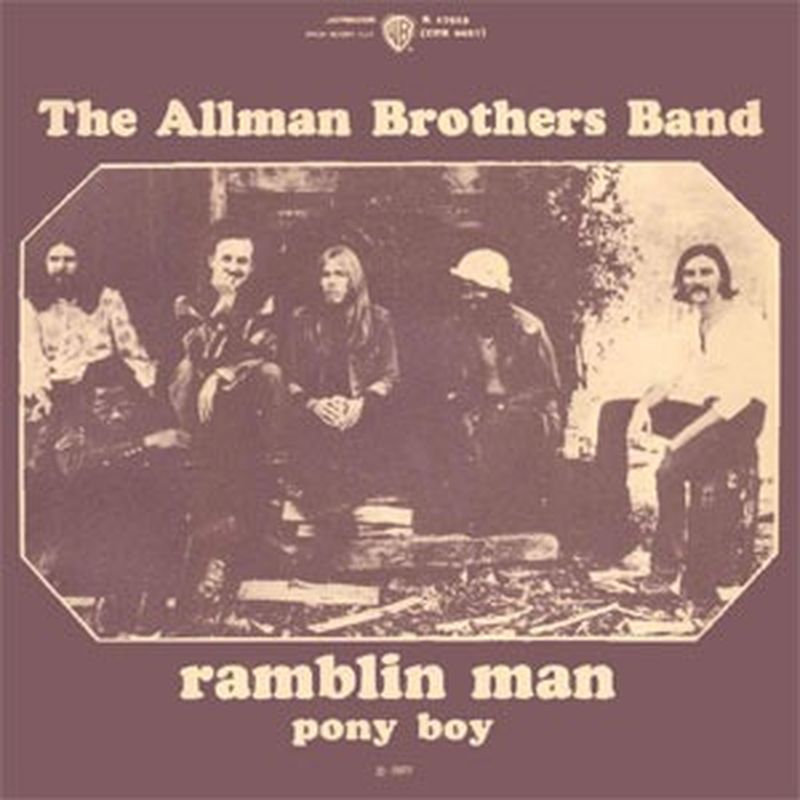
Every guitarist faces the F chord eventually. This Southern rock classic introduces the “easy F” alternative that sidesteps the notorious barre chord challenge. Use your index, middle, ring, and pinky fingers while lightly touching the thickest string with your thumb.
The simplified F chord removes the biggest roadblock in beginner guitar education. Standard F requires barre chord strength that takes months to develop. This alternative lets you play F-chord songs immediately while building the hand strength for the full version later.
11. I’m Yours – Jason Mraz

Reggae rhythms require different thinking. Mraz’s feel-good anthem introduces the “offbeat emphasis” that defines reggae guitar playing. Instead of emphasizing downbeats, accent the upstrokes to create that characteristic island groove that makes everyone smile.
The reggae strum pattern shifts your entire rhythmic perspective. This technique appears in countless pop, rock, and alternative songs, making it essential for any complete guitarist. “I’m Yours” proves that rhythm changes can transform familiar chords into fresh experiences.
10. All of Me – John Legend

Modern pop reveals sophisticated simplicity. Legend’s 2013 hit adds A minor to your vocabulary while maintaining that reliable strumming foundation. The Am chord introduces melancholy depth, proving how one new shape can dramatically expand your emotional palette. Contemporary songwriting shows strategic restraint: you don’t need every chord in every section. “All of Me” demonstrates selective chord placement, using Am to create subtle shifts in feeling. This approach separates competent players from genuinely musical ones.
9. Shout – The Isley Brothers
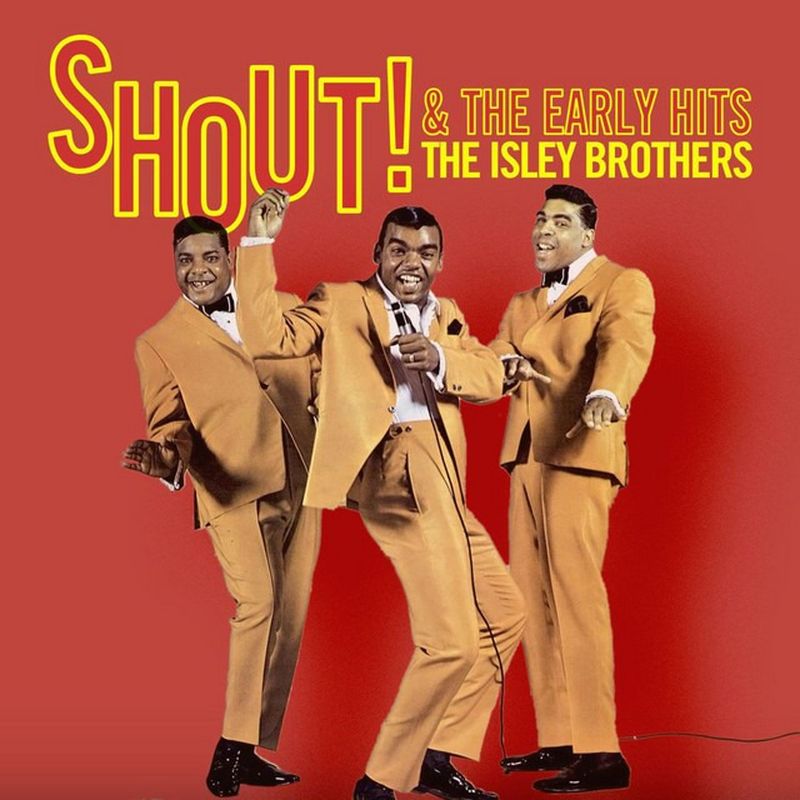
Pure emotion requires minimal technique. “Shout” strips music down to its most essential elements: driving rhythm, simple chords, and infectious energy. The song’s call-and-response structure creates instant community, whether you’re playing solo or with friends.
This R&B classic teaches the power of rhythmic commitment over technical showing off. The steady down-down-up-miss-up-down-up pattern becomes hypnotic through repetition and attitude. Sometimes the best guitar playing means serving the song rather than showcasing your skills.
8. Good Riddance (Time of Your Life) – Green Day
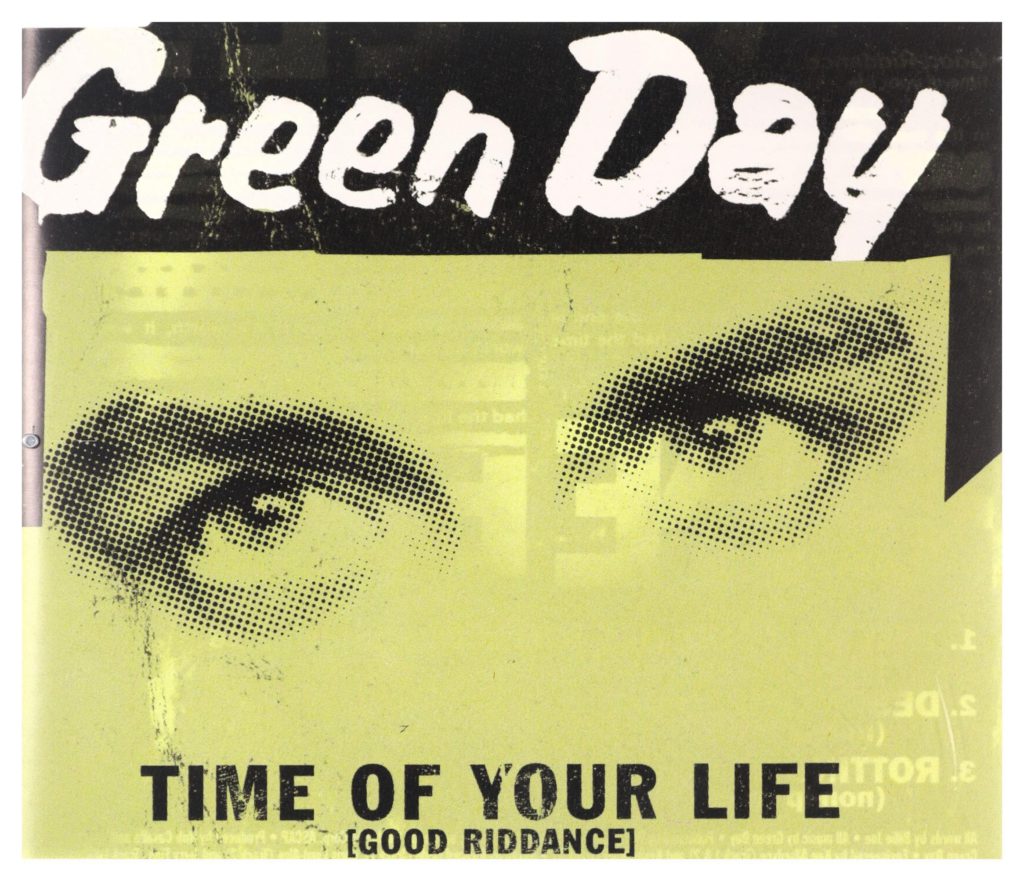
Punk rock teaches efficiency over perfection. Green Day’s acoustic masterpiece uses G, C, D, and Em with a game-changing shortcut: the two-finger C chord trick. Instead of wrestling with the full C shape, keep your pinky and ring finger planted on the third fret of the top two strings during transitions. For a hands-on lesson, this When I Come Around guitar tutorial shows how simple chord progressions and strumming can unlock dozens of punk and pop songs.
This technique eliminates the most common beginner frustration: clunky chord changes. The simplified C creates smoother transitions while maintaining that essential C major sound. Thousands of guitarists learned this hack from “Good Riddance” and never looked back.
7. Queen in Memphis – Confederate Railroad
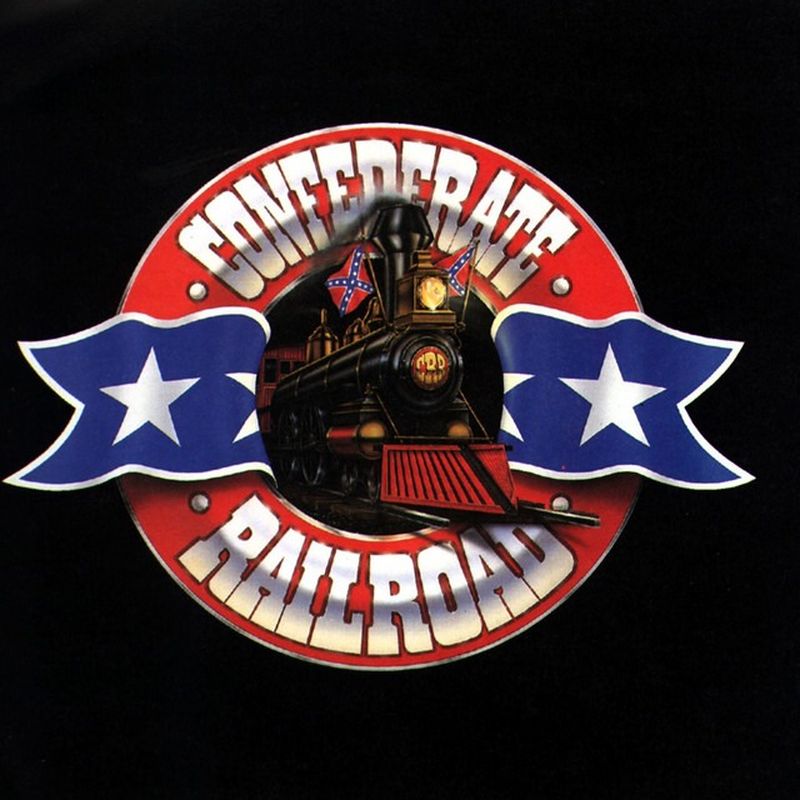
Musical surprises come from unexpected places. This country track substitutes E major for the expected E minor, creating an unusual brightness that defies genre conventions. The single note change (adding G#) transforms the entire song’s emotional character.
This technique reveals how tiny modifications create major impacts. Where E minor suggests melancholy, E major provides resolution and optimism. Understanding these subtle emotional differences separates chord players from genuine musicians who understand harmonic psychology.
6. 99 Red Balloons – Nena
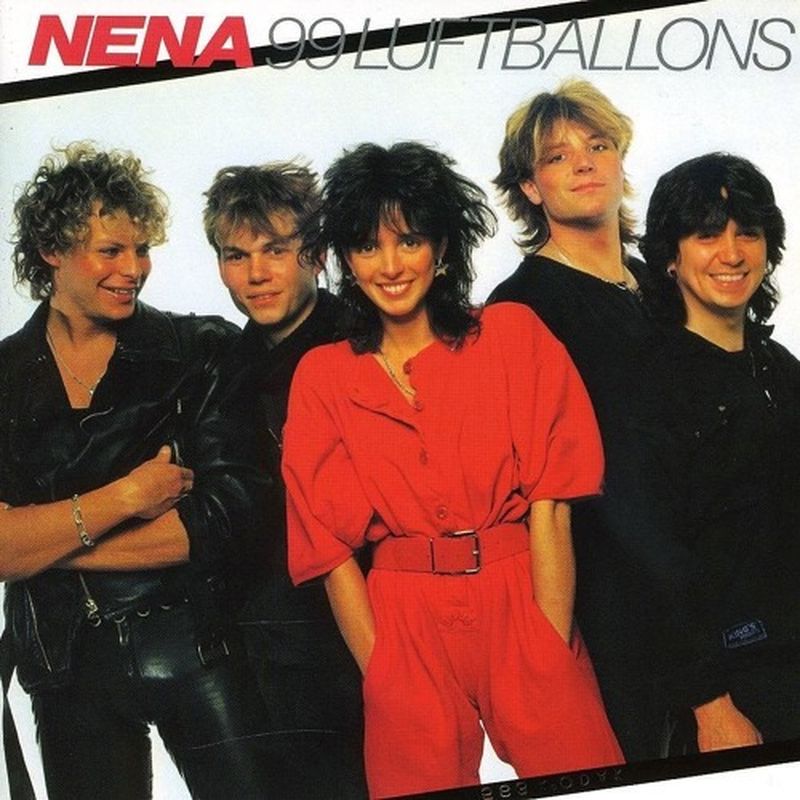
Sometimes stepping backward propels you forward. This ‘80s new wave hit returns to the basic G-C-D foundation, but in a completely different musical context. The song proves how three simple chords transcend genre boundaries when filtered through different production styles.
Nena’s anti-war anthem demonstrates chord progression universality. The same shapes that work for folk ballads power synth-pop anthems with equal effectiveness. Context and attitude matter more than complexity—a lesson that applies far beyond guitar playing.
5. Take It Easy – The Eagles

Arrangement separates amateur hour from professional polish. The Eagles strategically deploy their five-chord arsenal (G, D, Em, C, Am) throughout different song sections rather than cramming everything into every measure. Verse chords differ from chorus chords, creating natural dynamics.
This technique teaches musical architecture over chord cramming. Notice how Am appears primarily in verses, creating subtle tension that releases into the major-chord chorus. Smart chord placement makes simple progressions sound sophisticated without adding technical complexity.
4. Leaving on a Jet Plane – John Denver

Folk music’s secret weapon lies in its deceptive simplicity. “Leaving on a Jet Plane” proves this point with just three chords: G, C, and D. The strumming pattern (down-down-up-miss-up-down-up) creates that gentle, hypnotic rhythm that made John Denver a household name.
This song introduces the holy trinity of beginner guitar chords. These three shapes appear in approximately 60% of popular music, making this your passport to an enormous repertoire. Practice tip: spend 30 seconds switching between chords without strumming first—clean changes matter more than perfect rhythm initially.
3. Redemption Song – Bob Marley

Bass lines add sophisticated depth to simple structures. Marley‘s acoustic masterpiece features a descending bassline (C to G/B to Am) that creates emotional gravity through strategic note choice. The G/B chord introduces bass note theory without overwhelming complexity. Want to go deeper? This Redemption Song guitar tutorial breaks down the chord voicings and strumming in detail, making it easy to follow along.
This technique transforms basic progressions into something cinematically powerful. The descending bassline mirrors the song’s themes of struggle and hope, proving how subtle musical choices enhance lyrical meaning. One bass note change unlocks countless creative possibilities.
2. She’s So High – Tal Bachman
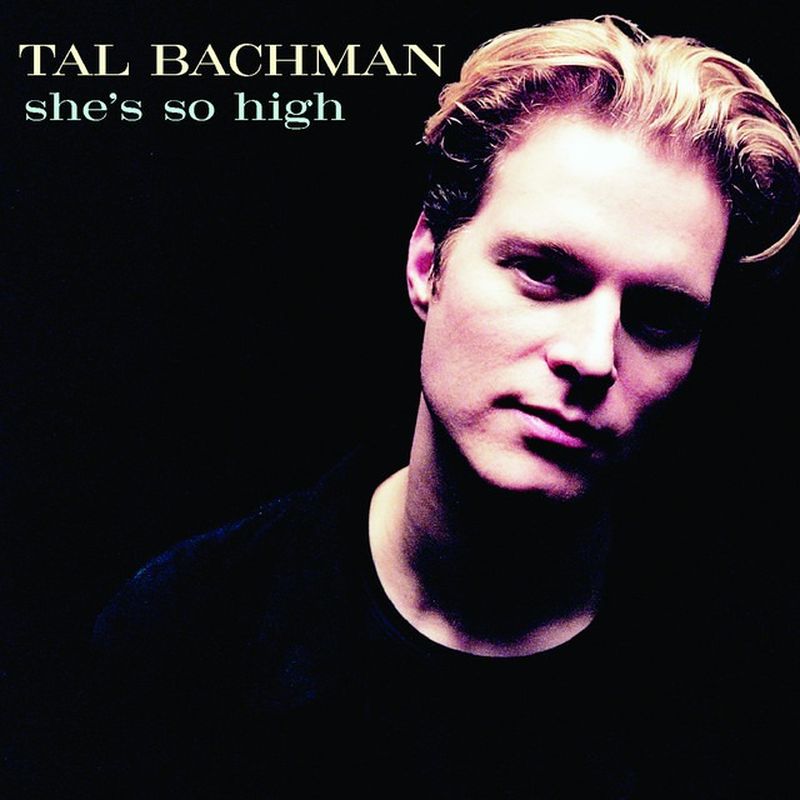
Building confidence requires strategic wins, not overwhelming challenges. “She’s So High” uses those same G, C, and D chords with identical strumming, but introduces E minor as your fourth chord. This single addition transforms your playing from basic to surprisingly versatile.
Practice tip: use the “one-minute drill”—play each chord for 15 seconds, focusing on clean finger placement rather than speed. The muscle memory develops faster when you prioritize accuracy over rushing through changes.
1. Hotel California – The Eagles

Ready for graduation level? This classic rock marathon represents a significant complexity jump that separates casual players from serious students. The eight-chord progression (Bm-F#7-A-E-G-D-Em-F#) creates a hypnotic cycle that mirrors the song’s themes of endless repetition and entrapment. Each chord presents new technical challenges that push your abilities.
The Eagles created musical architecture that serves the narrative. The extended progression creates that “endless highway” feeling that defines the song’s meaning. This level teaches you to think beyond individual chords toward complete musical experiences that tell stories through harmonic movement.





















